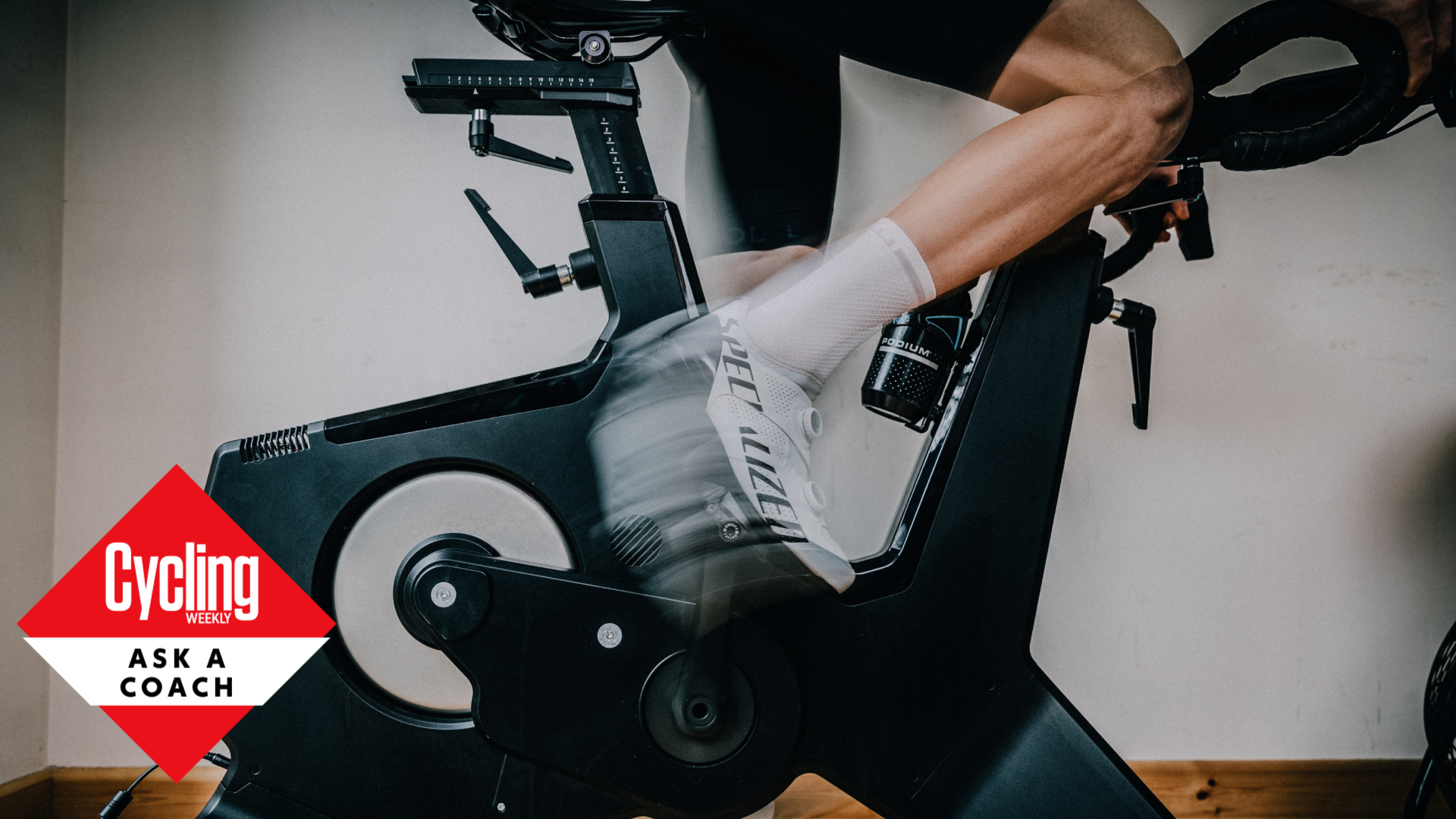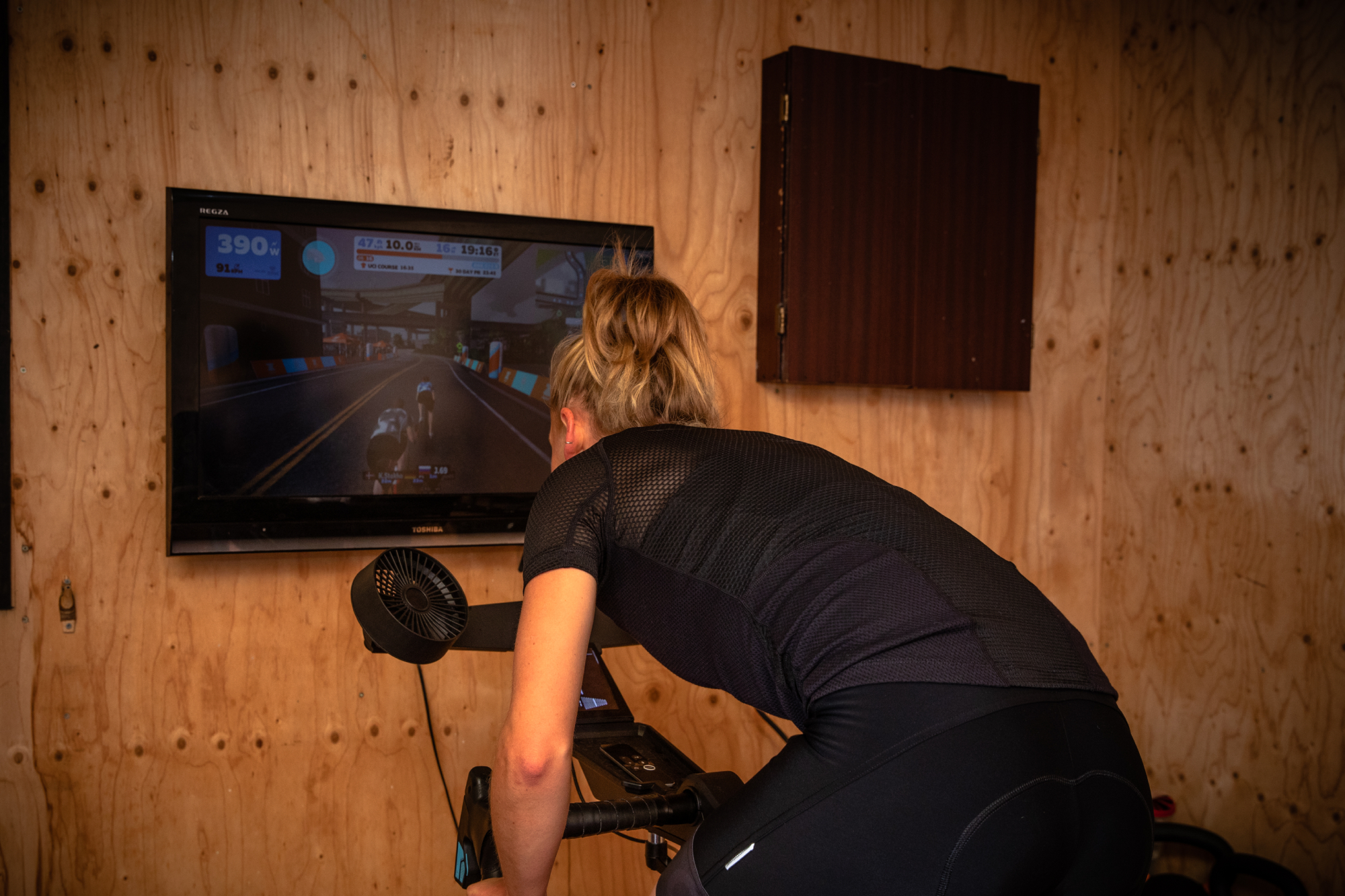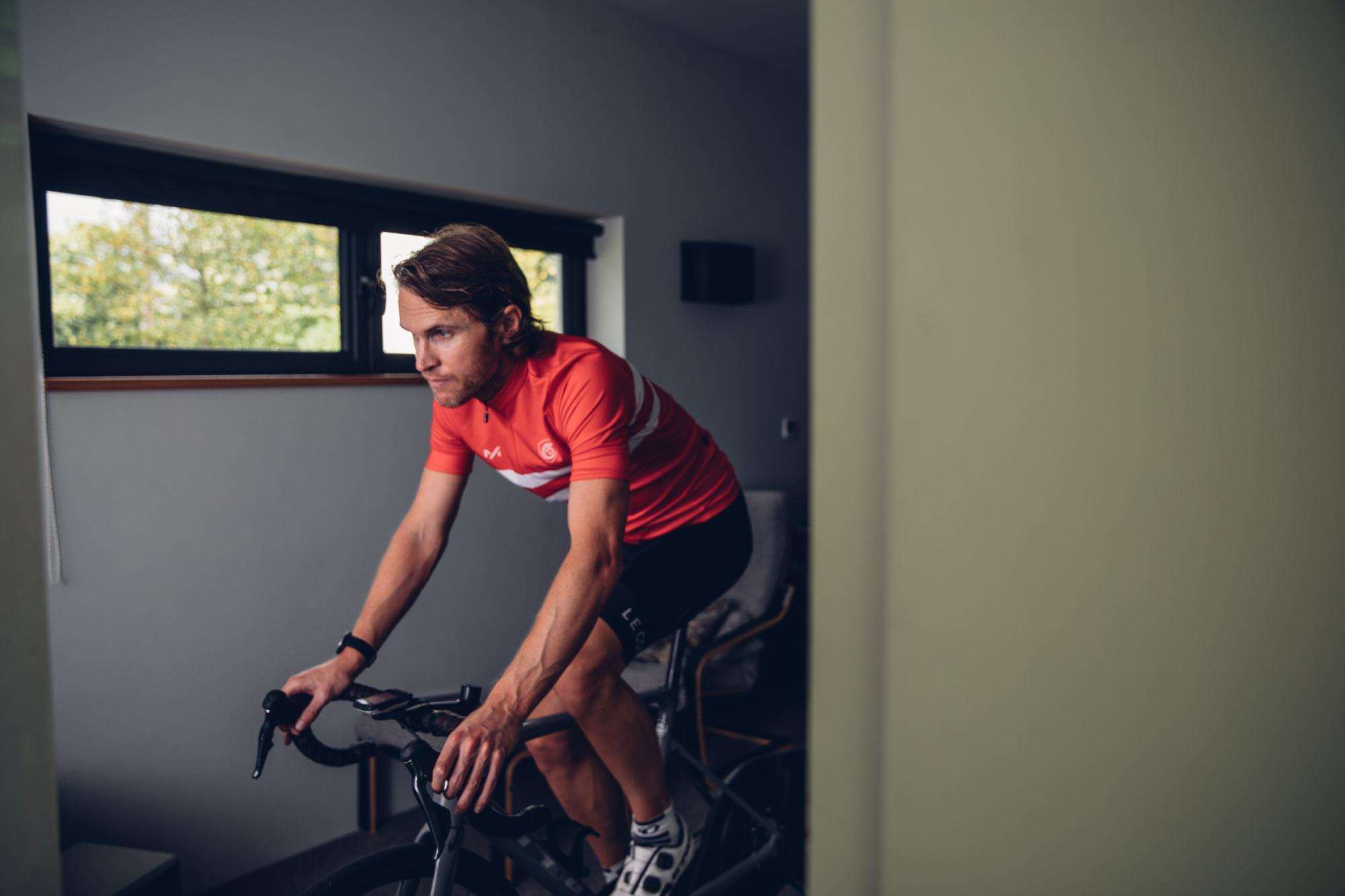Ask a coach: 'Does a high cadence burn more calories?'
What difference does 'spinning out' make to those looking to lose a little bit of weight as part of their workouts?


Every cyclist wants to maximise the gains from any given training session, and sometimes one of the goals can be to lose weight through cycling. But does a higher cycling cadence really burn more calories than spinning your legs more slowly? Cycling coach James Spragg explores the case for and against adapting your cadence for weight loss.

Sports scientist and coach James Spragg is one of the experts who will be answering your questions in Cycling Weekly's ASK A CYCLING COACH series which comes out every Wednesday. Working both in research and applied settings, he currently runs Intercept Performance Consultancy.
The case for adopting a high cadence

Power is cadence x force. Your freely chosen cadence is typically a balance between minimising the force required with each pedal stroke and not whizzing your legs around unnecessarily. When you ride at a cadence higher than your freely chosen cadence your pedalling efficiency drops. Efficiency describes how hard your body needs to work to produce a certain amount of power. The drop in efficiency is simply caused by needing to move your legs more in a given period of time. For example, instead of doing 90 revolutions per minute, you might now need to do 100 revolutions. Not all of each pedal revolution is driving the pedals around, so at cadences above your freely chosen cadence you get more ‘non-productive’ movement.
This costs energy, and burns calories, but isn’t producing power at the pedal. So theoretically riding at a higher cadence means that you will indeed need to work a bit harder and yes you will indeed burn more calories for the same power.
The case against adopting a high cadence

To burn the most calories in any given training session you basically need to go as hard as you possibly can. Maximising the power output will maximise the amount of work you do and therefore the number of calories you burn. To maximise power output, you need to be working as efficiently as possible. Therefore, anything that means you cannot produce as much power – such as riding at higher cadences – might mean that you can’t produce as much power and resultantly cannot burn as many calories.
The reality
In my opinion, even if the goal of a cycling training plan is weight loss, it still makes sense to maximise the adaptations and training benefits of each session. The reason is that as you get fitter you will be able to produce more power in each session, and therefore burn more calories.
So I would not recommend that riders artificially raise their cadence to try and burn extra calories. I would suggest that for most people most of the time it's best to simply ride at a freely chosen cadence. Focus on the training goal of each individual session. Even if you do burn a few more calories by riding at a higher cadence the differences are quite minimal. If you were to ride at a higher cadence and lose one per cent efficiency (which would already be a lot to lose) over a 1 hour ride at 250w the difference would be ~ 35Kcal, or less than half a chocolate digestive.
When looking to lose a little bit of weight, the truth is that it's far easier to make changes on the intake side of the equation than the usage side of the equation. Better to skip that biscuit with your cup of tea and just ride at your freely chosen cadence.
The latest race content, interviews, features, reviews and expert buying guides, direct to your inbox!
James Spragg is a sports scientist and coach, working both in research and applied settings. When not working with athletes James can be found skiing, climbing, cycling or drinking coffee!
Alongside Dan Lorang and Peter Leo, James runs Intercept Performance Consultancy. Over the last 8 years in various roles, as coaches, performance consultants, performance managers, and sports scientists, Dan, James and Peter have played a role in helping athletes achieve more than 10 World Championship titles, several Olympics medals (including a Gold and Silver Medal in Tokyo 2020) and several Top 5 results in some of the biggest sporting events on the planet (Tour de France, Olympics, World and European Championships). Our single focus is on improving performance in all settings.